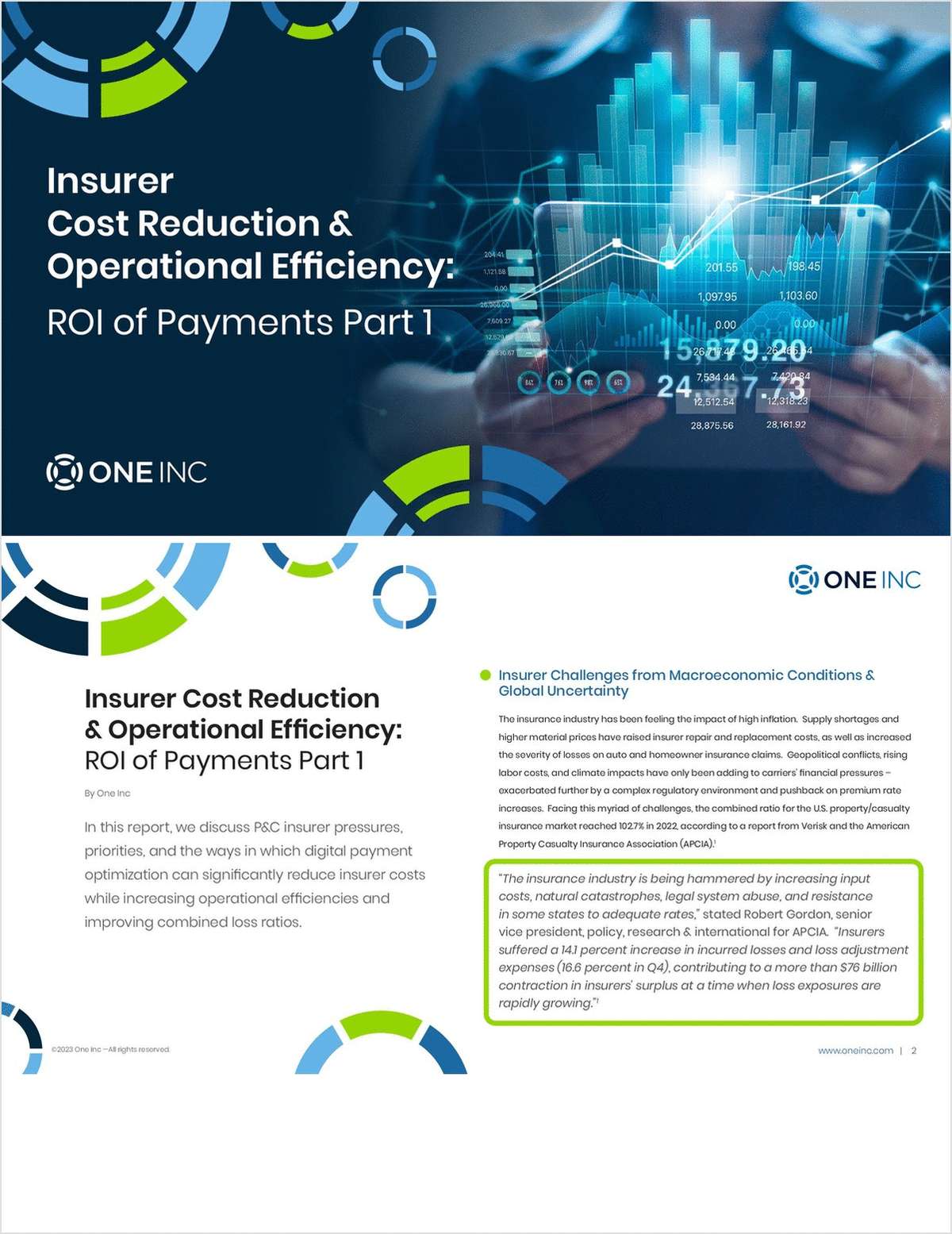The insurance industry has focused the majority of technology investment for automated fraud detection efforts around auto claims.
This makes sense: Auto coverage represents 38 percent of total property and casualty exposure, or $200 billion in direct written premiums, according to the SNL Briefing Book. However, Homeowners comprise the second-largest exposure at $93 billion in direct written premiums. Fraudulent losses involving fire, theft, water, scheduled property, wind or hail are exposures in which loss severity can be significant and greatly affect the bottom line.
Here's a prime example: What if there were an opportunity to turn a $300 investment into $30,000 in 60 days or less with minimal risks? Certainly, this ROI is far better than anything conventional (or unconventional) investments can offer.
In this case, the investment is a premium for a scheduled property insurance policy jewelry rider. The return is a fraudulent claim payout for insured jewelry items that may have never even existed. It is easy, and the penalties for the few who get caught are minimal.
Unfortunately for the property insurance industry, this mentality and perceived opportunity by some policyholders creates a very real challenge. However, claims volume, customer retention goals, growing centralization of claims handling operations, the legal environment and service-level metrics all make it challenging to effectively detect and investigate suspicious property claims.
|What can the industry do?
One key foundational strategy is to pursue automated fraud detection technology.
To date, automated fraud detection options for homeowners' insurance are limited. However, a lot of experience, knowledge and lessons learned from advanced analytic detection efforts in auto insurance can be applied to make homeowners coverage a less attractive "investment" for fraudsters.
One of the first lessons is to use an organization's most valuable asset — data. Carriers invest an incredible amount of resources into gathering data through direct customer interaction, third-party data and industry information. In fact, the SNL Briefing Books says that approximately $23 billion was spent on underwriting expenses and $9 billion adjusting loss expense in 2015, or 34 percent of $93 billion in direct written premium for homeowners.
Advanced analytics represents the best opportunity to capitalize on this investment. The challenge is that this disparate data is siloed across the organization and difficult to access. Technology must be able to ingest, cleanse, enrich and resolve discrepancies. Once this enterprise-wide view of data is accomplished, advanced analytics can be applied.

Fraudulent homeowners' claims usually occur within the inventory claim (Photo: iStock)
For example, by using public records information such as bankruptcy, liens and judgments combined with loss history and application information, you can derive some extremely powerful detection metrics and anomalies. Applying this to the entire population of claims from the first notice of loss can surface those questionable property loss cases much earlier in the claims life cycle for appropriate inquiries and deeper investigation. This is especially true for the jewelry loss example. Another lesson is days to detection for high scoring: Egregious losses can decrease from an average of 42 days down to one day. This allows for early intervention and improved triage.
|Effective user interface
Insurers can gain further efficiencies through an effective user interface. Aggregating insightful, clear information into one place has allowed for quicker triage, appropriate assignment and focused investigation planning. Link charts have proven effective in identifying complex or previously unknown relationships that can allow for better focus and deployment of investigative resources.
The usefulness of this capability in the homeowners space has great implication for identifying organized networks of contractors, insureds and other vendors. This would be particularly useful after a catastrophic event.
Finally, it is important to score a claim from first notice of loss through final disposition. Homeowners' losses, especially those involving personal property inventories of claimed items, develop over time. It may be many months before documentation is submitted after a first notice of loss. For theft, the fraud generally occurs within the inventory claim. Having a means to score a claim as this insured documentation is submitted provides another critical detection capability.
Homeowners' insurers have a green field of opportunities to improve detection processes. Insurers that have implemented advanced technologies have seen fraud mitigation improve by 25 percent or more. It will take creativity and the right investments, but ultimately, making your premium a less attractive investment for fraudster is paramount.
Jim Hulett is an insurance solutions consultant in the Global Fraud and Financial Crimes practice at SAS. He may be reached at [email protected].
Want to continue reading?
Become a Free PropertyCasualty360 Digital Reader
Your access to unlimited PropertyCasualty360 content isn’t changing.
Once you are an ALM digital member, you’ll receive:
- Breaking insurance news and analysis, on-site and via our newsletters and custom alerts
- Weekly Insurance Speak podcast featuring exclusive interviews with industry leaders
- Educational webcasts, white papers, and ebooks from industry thought leaders
- Critical converage of the employee benefits and financial advisory markets on our other ALM sites, BenefitsPRO and ThinkAdvisor
Already have an account? Sign In Now
© 2024 ALM Global, LLC, All Rights Reserved. Request academic re-use from www.copyright.com. All other uses, submit a request to [email protected]. For more information visit Asset & Logo Licensing.








